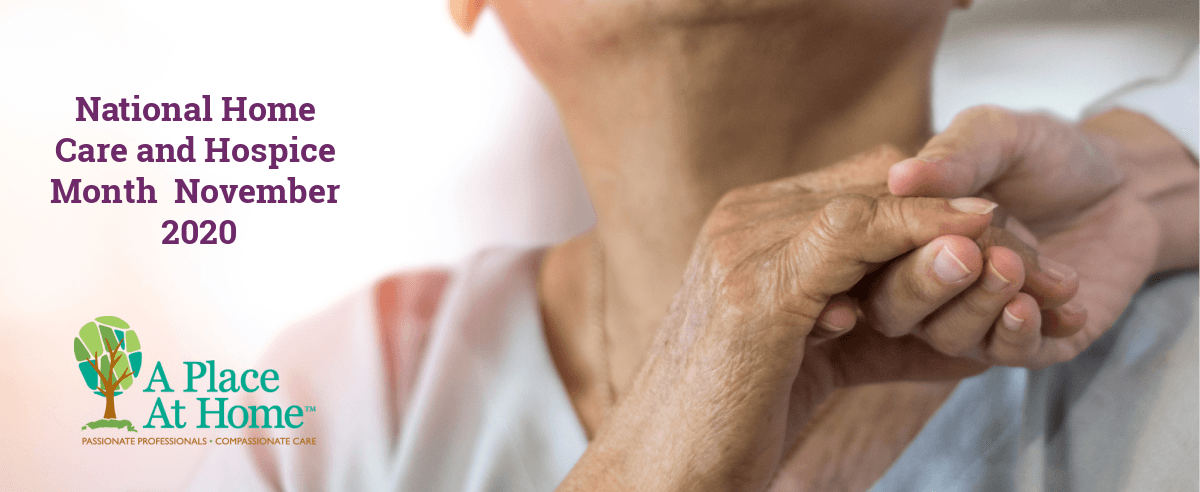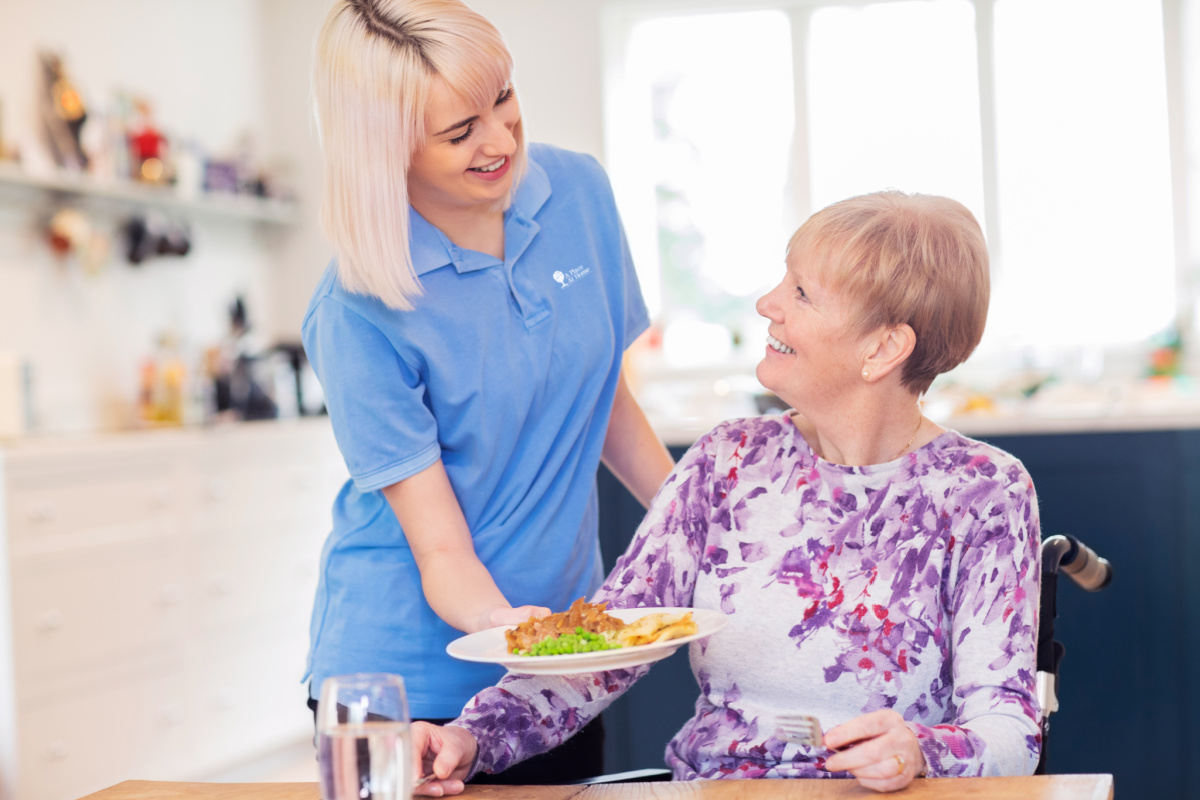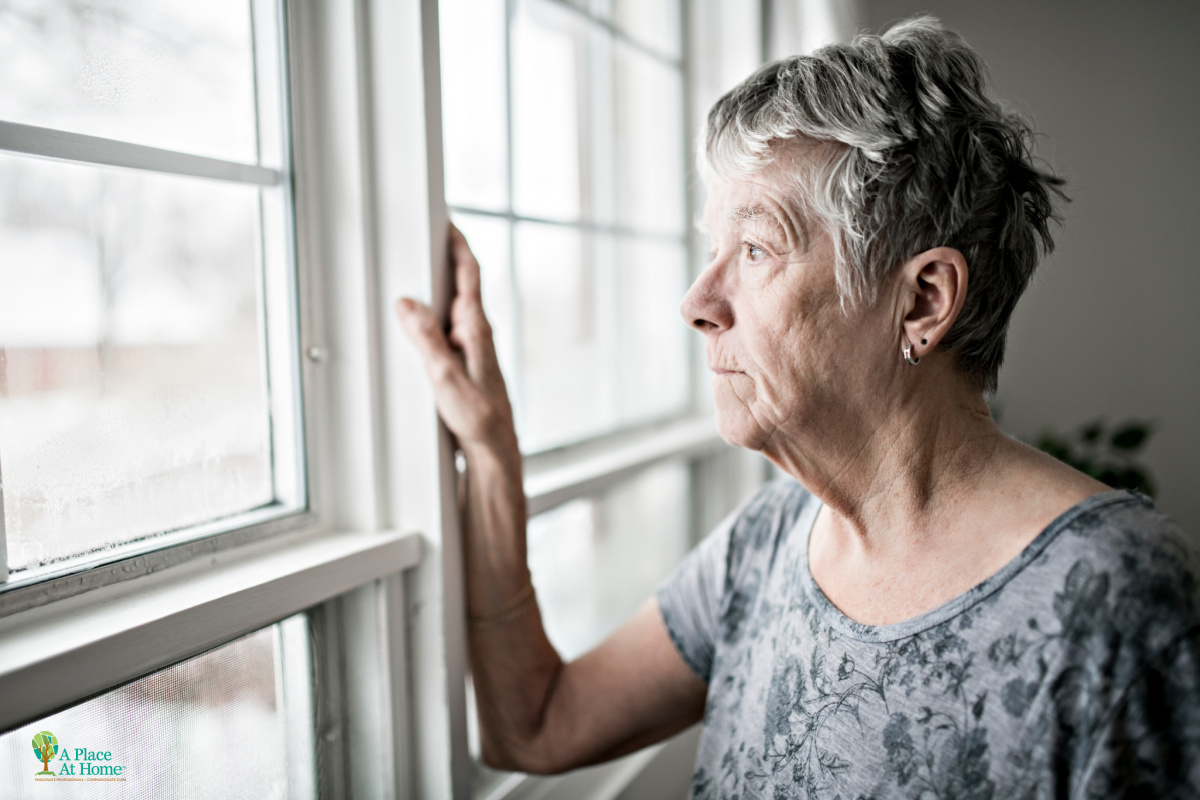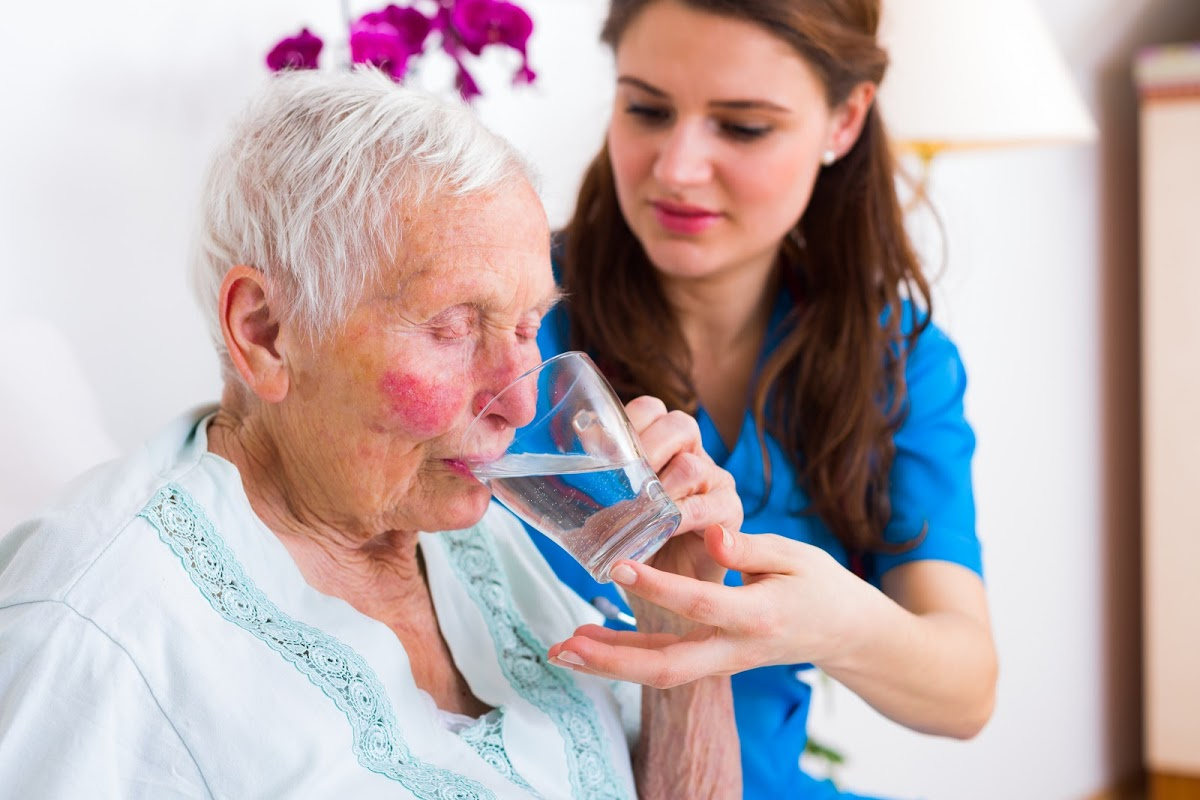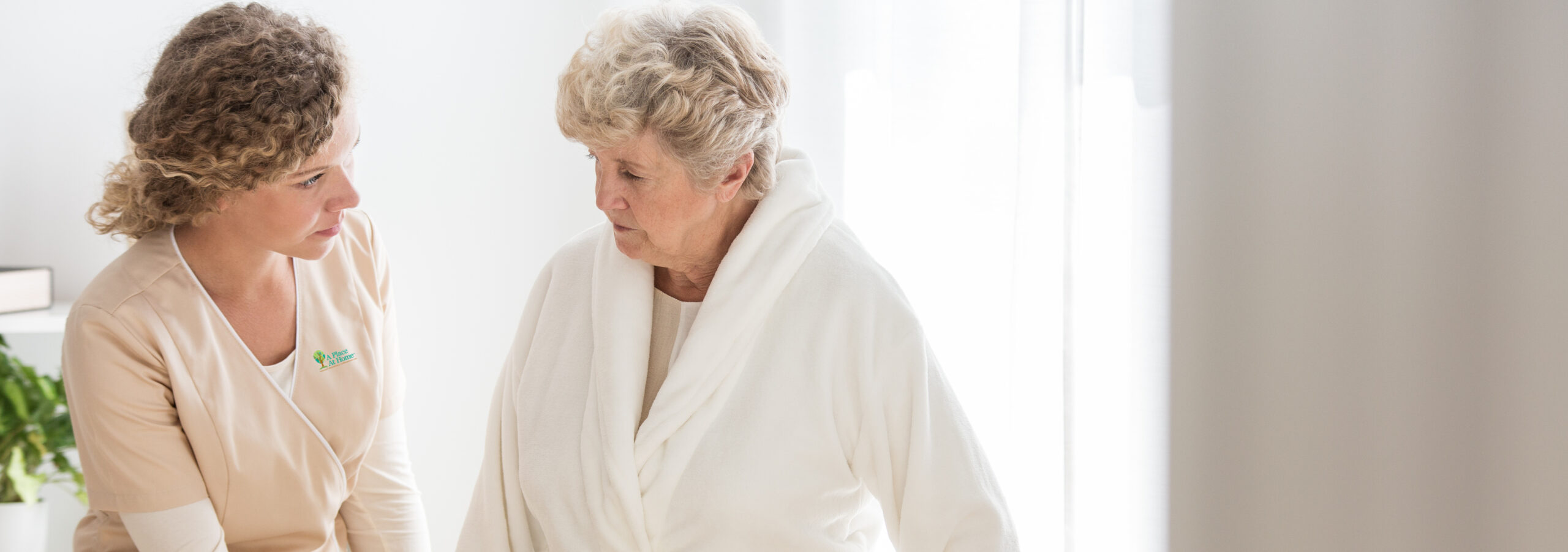We are thrilled to announce that Neelima Gaikwad, owner of A Place At Home – Schaumburg, has been honored with the prestigious International Franchise Association (IFA) Franchisee of the Year Award. This accolade recognizes Neelima’s unwavering commitment to providing exceptional in-home senior care services in Schaumburg, Wood Dale, and the surrounding communities.
A Journey of Dedication and Expertise
With over two decades of experience as a healthcare professional, Neelima’s journey is marked by a profound dedication to enhancing the lives of seniors. She holds a Bachelor’s in Occupational Therapy from India, a Master’s in Occupational Therapy from the University of Wisconsin-Milwaukee, and a Master’s in Healthcare Administration from the University of Illinois-Chicago. Her career began as a pediatric occupational therapist, eventually leading her to become a lead therapist specializing in senior care. This extensive background has equipped Neelima with the expertise to address the unique needs of the elderly population.
Elevating Senior Care in Schaumburg
Under Neelima’s leadership, A Place At Home – Schaumburg has become a beacon of compassionate and professional in-home senior care. The services offered are comprehensive, ranging from non-medical in-home care to specialized programs tailored to individual needs. Key offerings include:
- Companion Care: Providing socialization and emotional support to combat loneliness and isolation.
- Lifestyle Care: Assisting with daily activities such as meal preparation, light housekeeping, and laundry to ensure a comfortable living environment.
- Personal Care: Offering support with activities of daily living, including bathing, grooming, dressing, and mobility assistance.
- Senior Living Alternatives: Guiding families through the transition process when in-home care is no longer viable, ensuring a smooth move to trusted senior living communities.
These services are designed to help seniors maintain their independence and dignity while receiving the support they need in the comfort of their own homes.
A Philosophy Rooted in CARE
The foundation of A Place At Home is built upon the philosophy of CARE, emphasizing:
- Compassionate: Understanding and addressing the emotional and physical needs of seniors.
- Accountable: Ensuring reliable and consistent care delivery.
- Respectful: Honoring the dignity and preferences of each individual.
- Ethical: Upholding the highest standards of integrity in all interactions.
This philosophy permeates every aspect of the services provided, ensuring that seniors receive professional care, genuine compassion, and respect.
Join Us in Celebrating Excellence in Senior Care
Neelima Gaikwad’s recognition as the IFA Franchisee of the Year is a testament to her dedication, expertise, and the exceptional services offered at A Place At Home – Schaumburg. We invite you to learn more about how our team can support you and your loved ones in achieving a higher quality of life through personalized in-home senior care.
Are you or a loved one in need of care? Find out more about the location nearest you!


